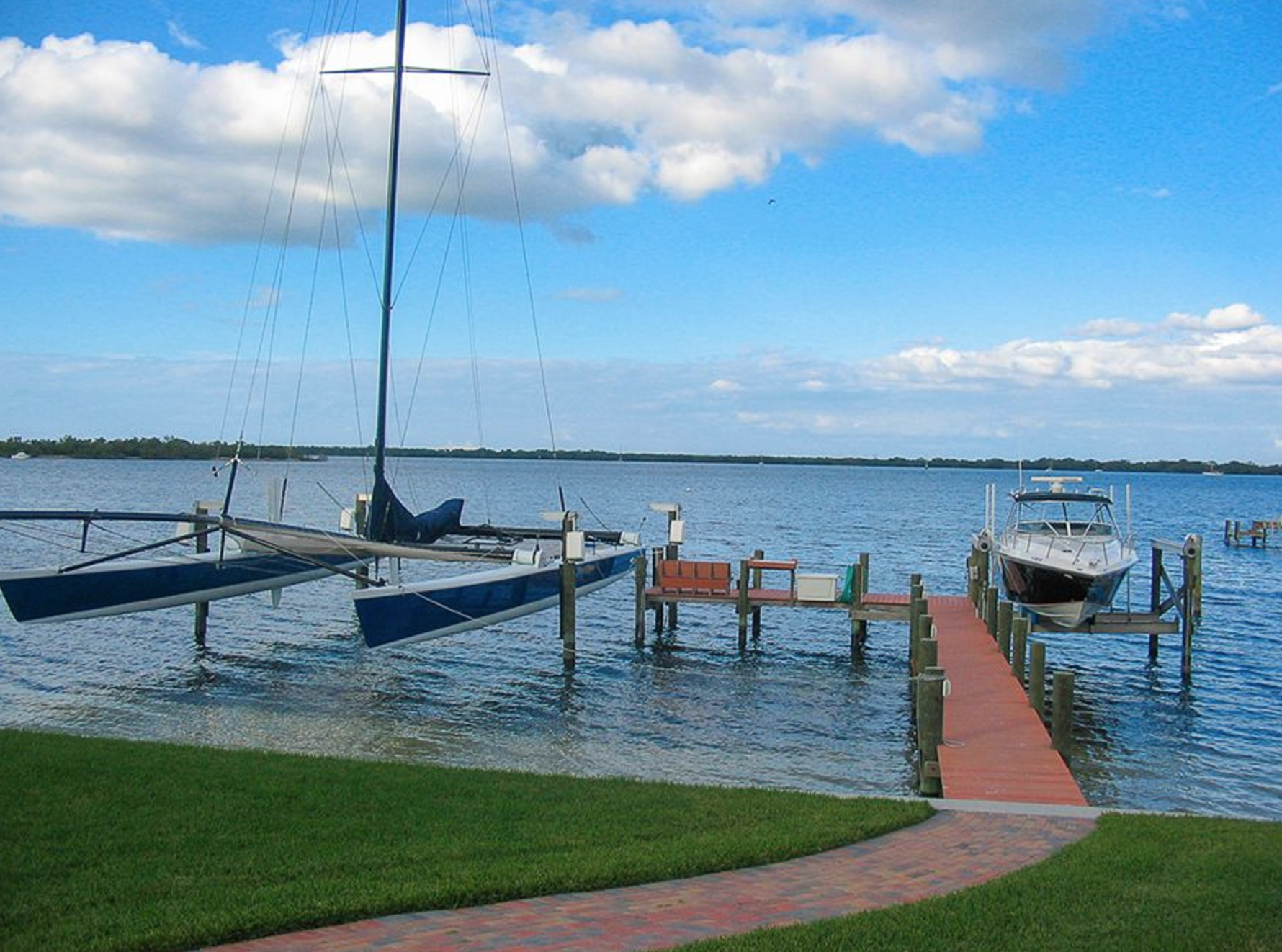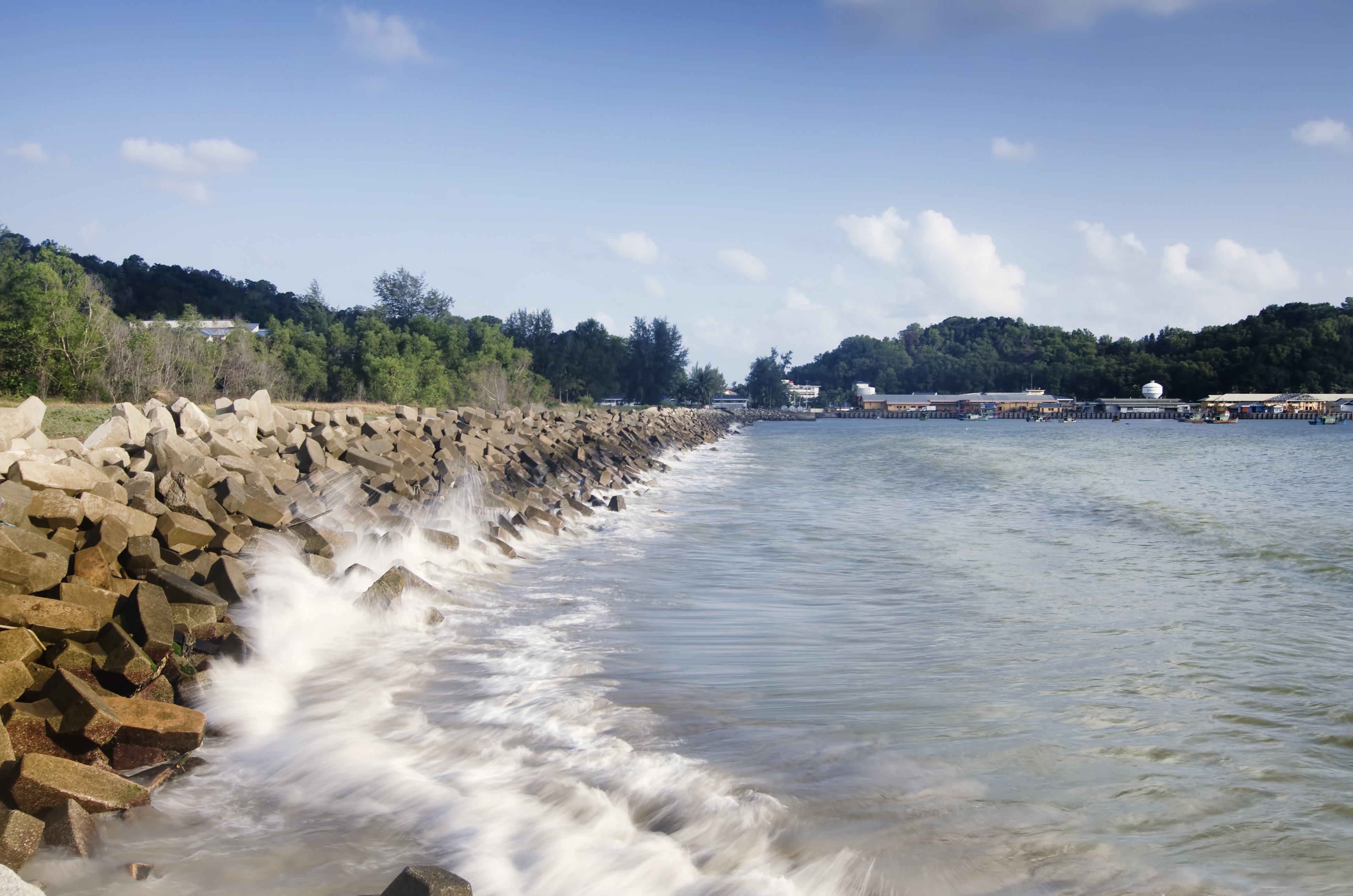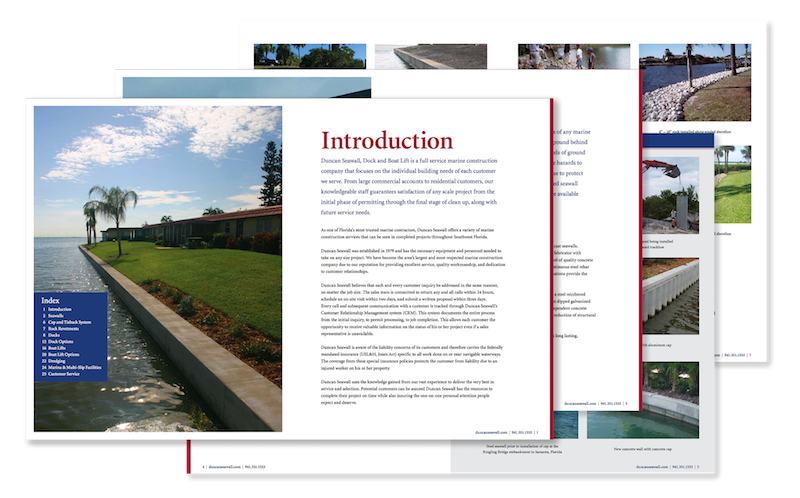Docking can be an intimidating task for new boat owners who haven’t had the experience of doing it over and over again. This can be even tough with sailboats due to their length, height, and general level of difficulty to control. With the following tips, you can learn how to handle wind and current to help master the art of close-quarters maneuvering and learn how to dock.
Related Blog: The Benefits of Having a Private Dock for Your Boat on Your Property
1. Docking Accessories
Firstly, you will need some docking accessories to help make the process as easy as possible.
Have at least two or three fenders and at least one spring line, a bowline, and a stern line.
Before getting into the dock, be sure to confirm that the fenders and lines have been rigged. Also, check where the fenders are hanging—they should hover above the water surface but not be in contact with water.
2. Speed Considerations
The cardinal rule is to take it slow (at least 20 (x1000) RPM). Slowing down allows for boat control and helps you to dock without hitting anything. Furthermore, making sharp turns is easy at minimum boat-speed. It also reduces the chances of damaging your sailboat and other vessels in case you make contact.
3. Wind and Current Considerations
You can have an easy docking experience by using the wind and current to your advantage. To achieve this, check the water ripples, look at which direction the flags are blowing, and check buoys and pilings to establish the current's strength and direction.
Depending on which one is stronger, we recommend making your approach into the wind or current. It is an effective way of maintaining control of the vessel.
4. Apply Short Bursts
During docking, you will need to apply short power bursts. It enables the vessel to get through a turn as well as maneuver through wind and current. Be sure to turn the steering wheel before applying power. It slows down the boat.
Also, ensure that you approach the dock at a 45-degree angle.
5. Prepare Your Lines
Have your spring line ready for tossing. Remember to secure the lines properly so that they don't get caught up in the boat's propeller.
After tossing, have the spring line wrap on the cleat. However, you should not lock it off for enhanced vessel control, and especially if the wind is pushing the boat off the dock.
6. Backing Down
Note that you will need a forward spring line when backing down. Have the line locked off or secured to the dock. Then turn the wheel to the port. But if the sailboat has twin screws, you will need to use the starboard engine to back down and turn the wheel to the port.
7. Locking the Bow Line
Once the vessel is close to the dock, have someone gently lock down the bowline. Applying considerable force helps to avoid kicking the stern, which can cause problems.
Next, provide a stern line and have it brought in tightly. Lastly, have the bow brought in tightly while adjusting the springs if necessary.
8. Tie Up the Vessel
Once the boat is parallel to the dock, tie it up so that it doesn't drift off. To do this properly, learn how to tie a strong knot (which you may want to practice beforehand).
9. Passengers' Safety
Passengers should never jump out of the vessel until the docking process is complete. The force created by jumping can push the boat away from the dock or misdirect its motion resulting in accidents.
A quick safety note:, passengers should not serve as fenders to help guide the boat in. This is an easy recipe for an accident or injury.
For more information on docks and boat lifts in Southwest Florida, contact us today. We’ll be happy to discuss all your customization options to make sure you get the dock you want.










